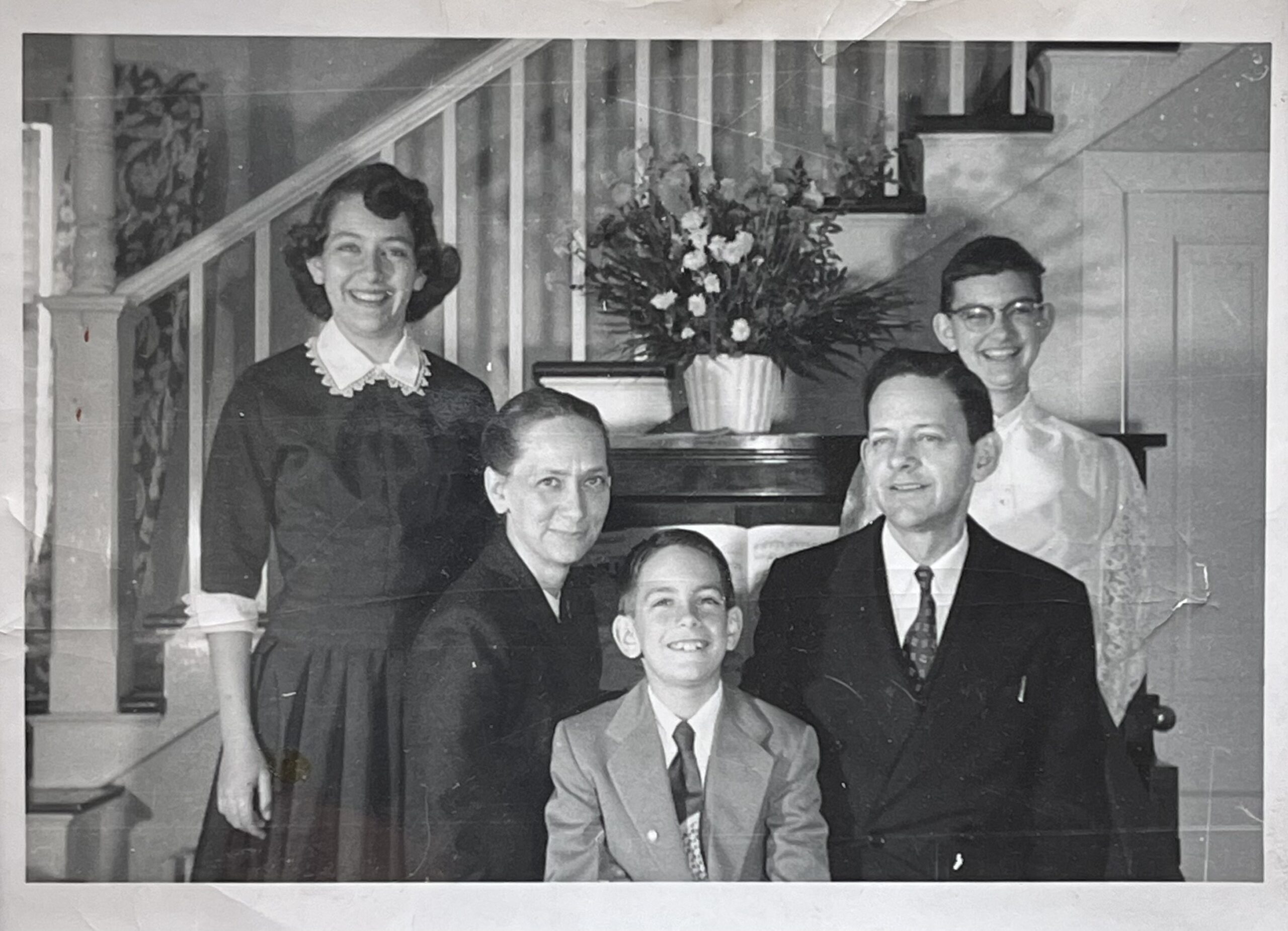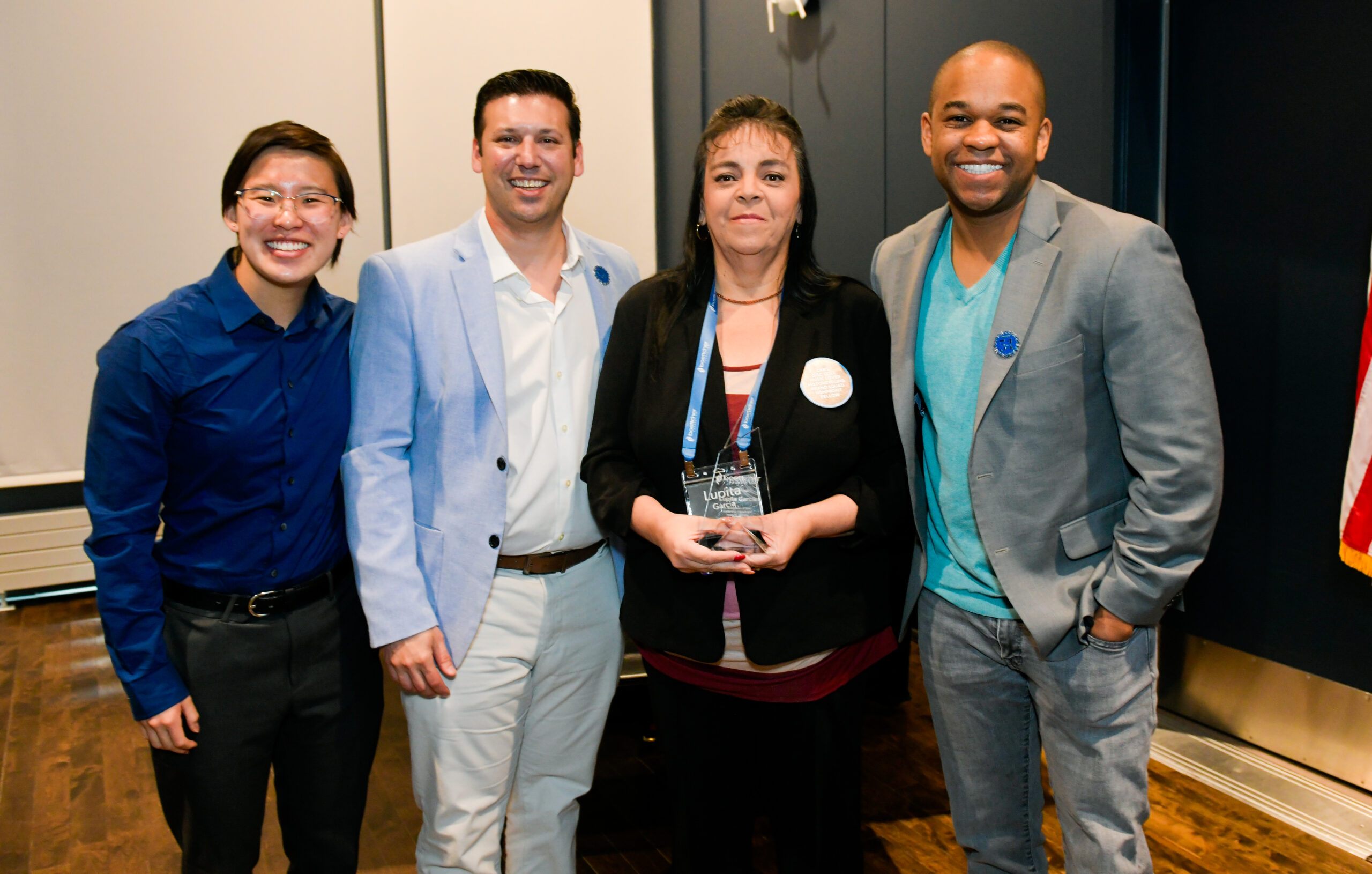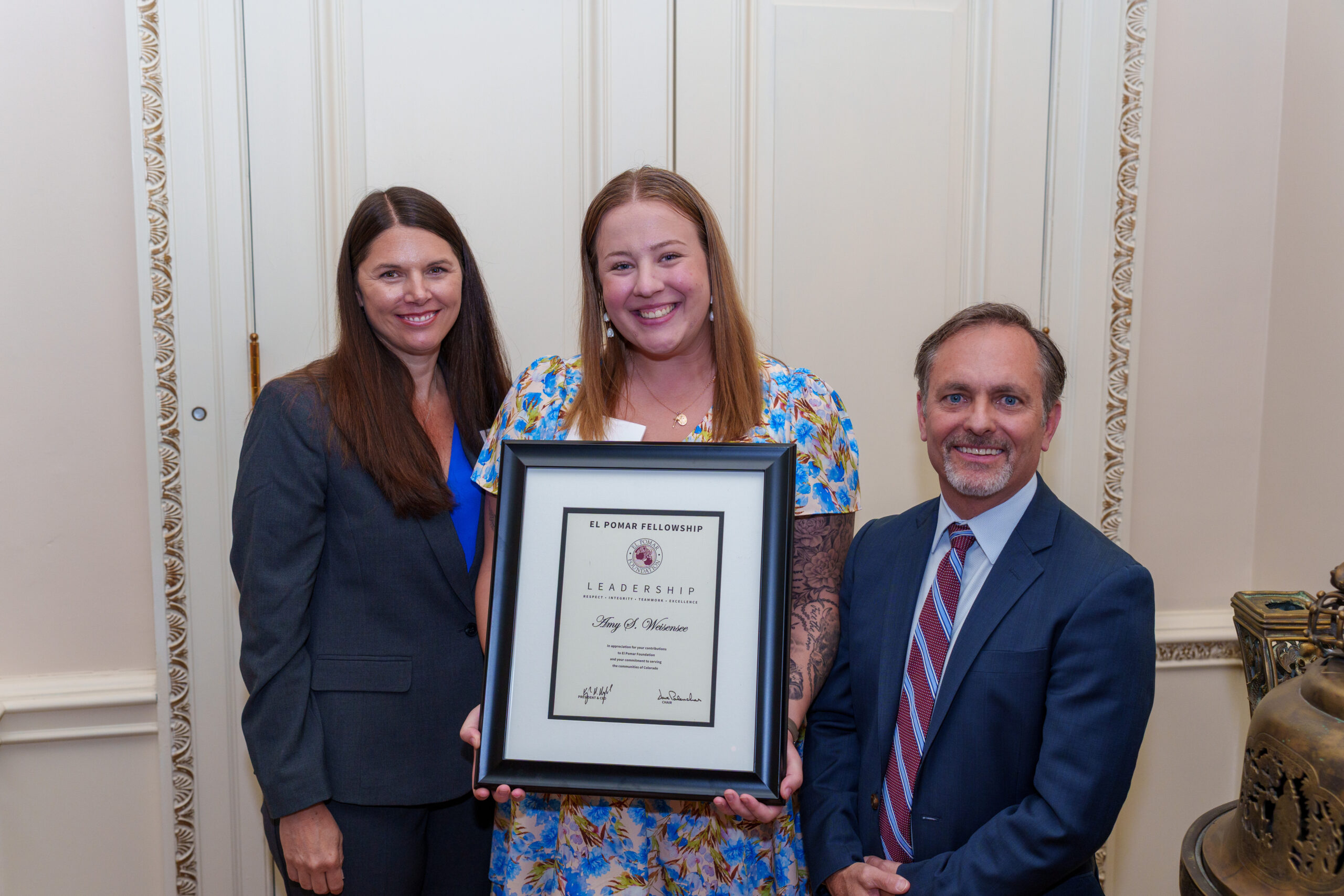Growing Up in the San Luis Valley
I went to junior high and high school in Center, CO. At 18 years old, I knew that I liked science, but getting into it was a shot in the dark. I didn’t have a benefit of an accelerated science courses. My high school had 200 people. It didn’t even have physics. In order to get into Colorado School of Mines, I had to take physics by correspondence through a CU extension. I received a workbook in the mail, I used my study hall at school and worked at home. I also had to do my fourth year of English by correspondence through a CU extension. I applied for the Boettcher Scholarship in high school but was not selected as a Scholar.
Attending The Colorado School of Mines
Once I was accepted into Mines, I just showed up. This was around 1961. The friends I knew from Center and the new ones I made once I arrived at Mines quickly became a group of mangey engineers– running around in Levi’s and engineering boots, and plaid shirts, and Stetsons and beards. My decision on what to study once I arrived at Mines was not well founded. I don’t regret it, but I ended up studying geophysics basically as the result of a coinflip.
Geophysics is the study of the earth using indirect physical measurements. The gravity of the earth varies if you go over large metallurgic deposits. The same goes for the magnetic fields. You can take measurements of the magnetic field and changes in it can determine subsurface deposits of certain materials. As geophysicists we can also use explosive seismic waves to see how they flow through surface areas and then we can visualize the type of structure that lies beneath the surface.
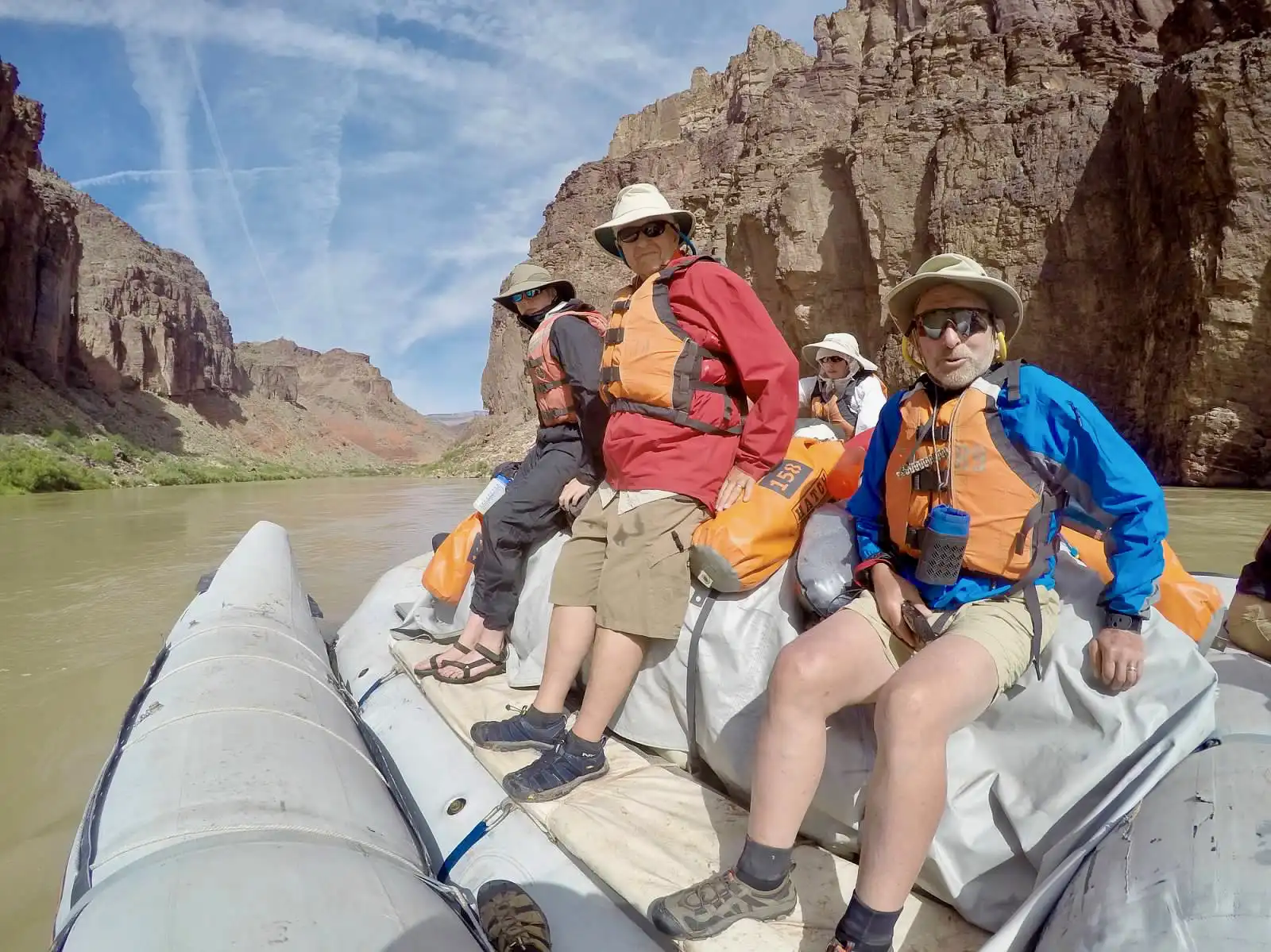
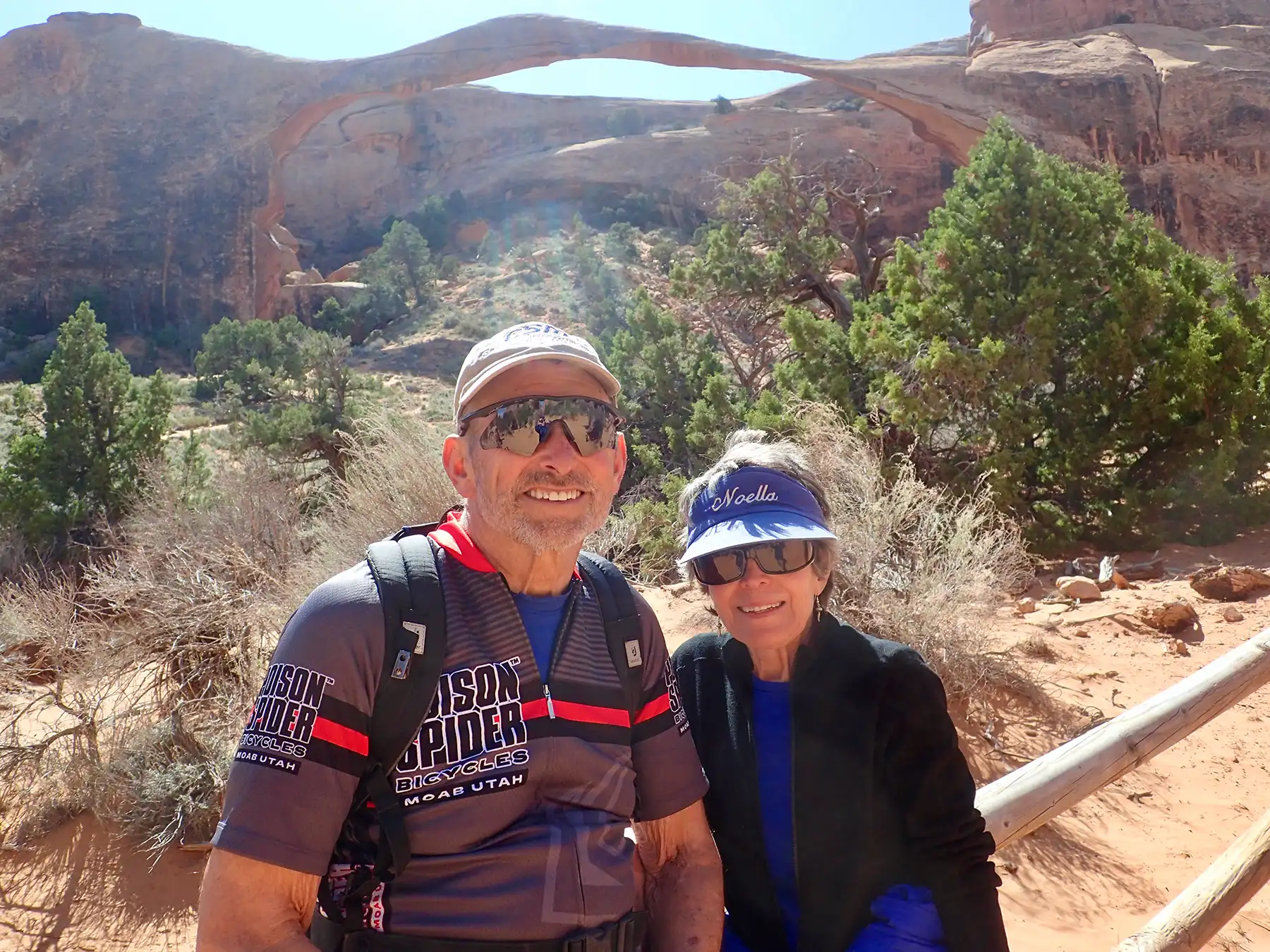
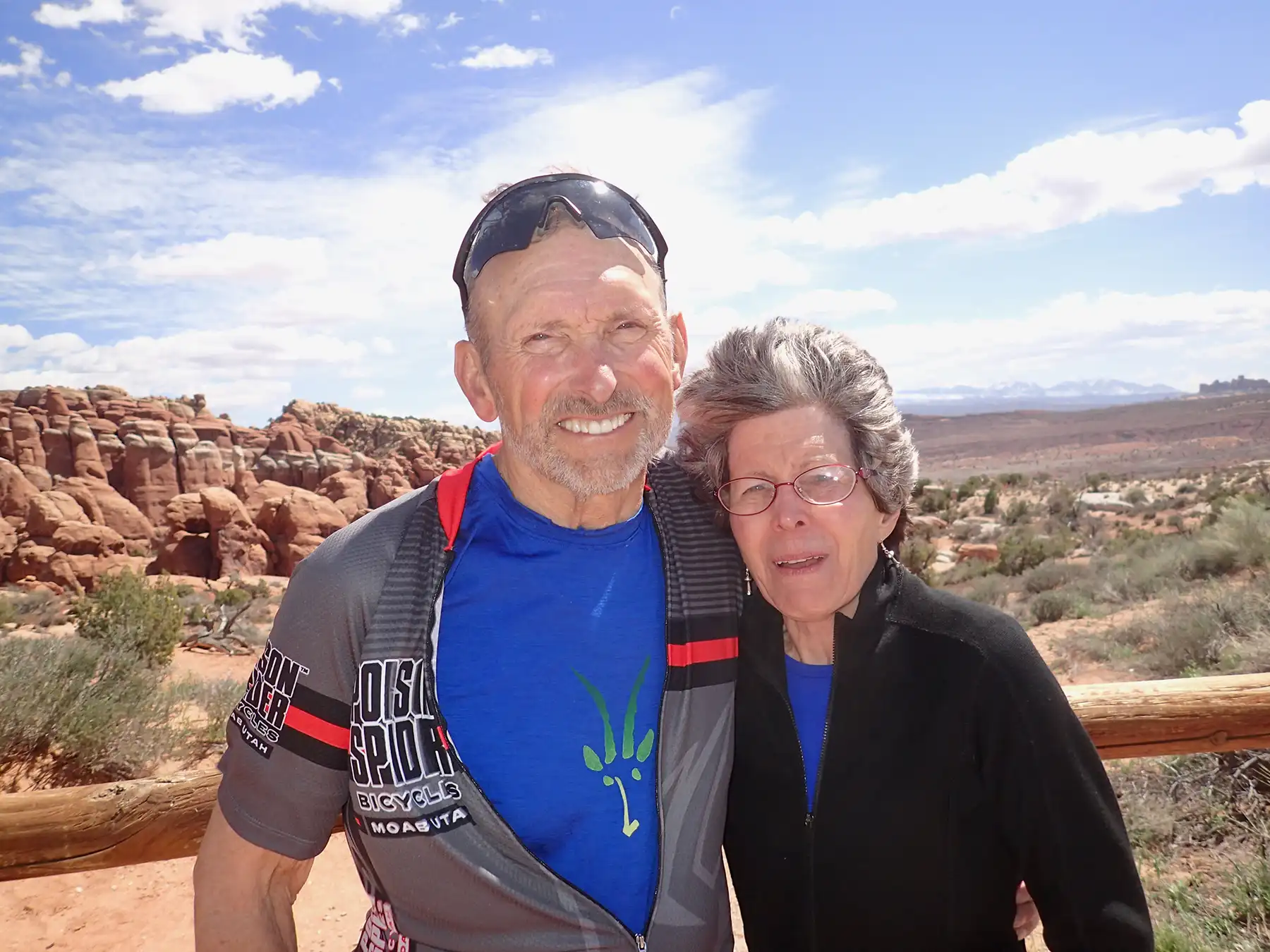
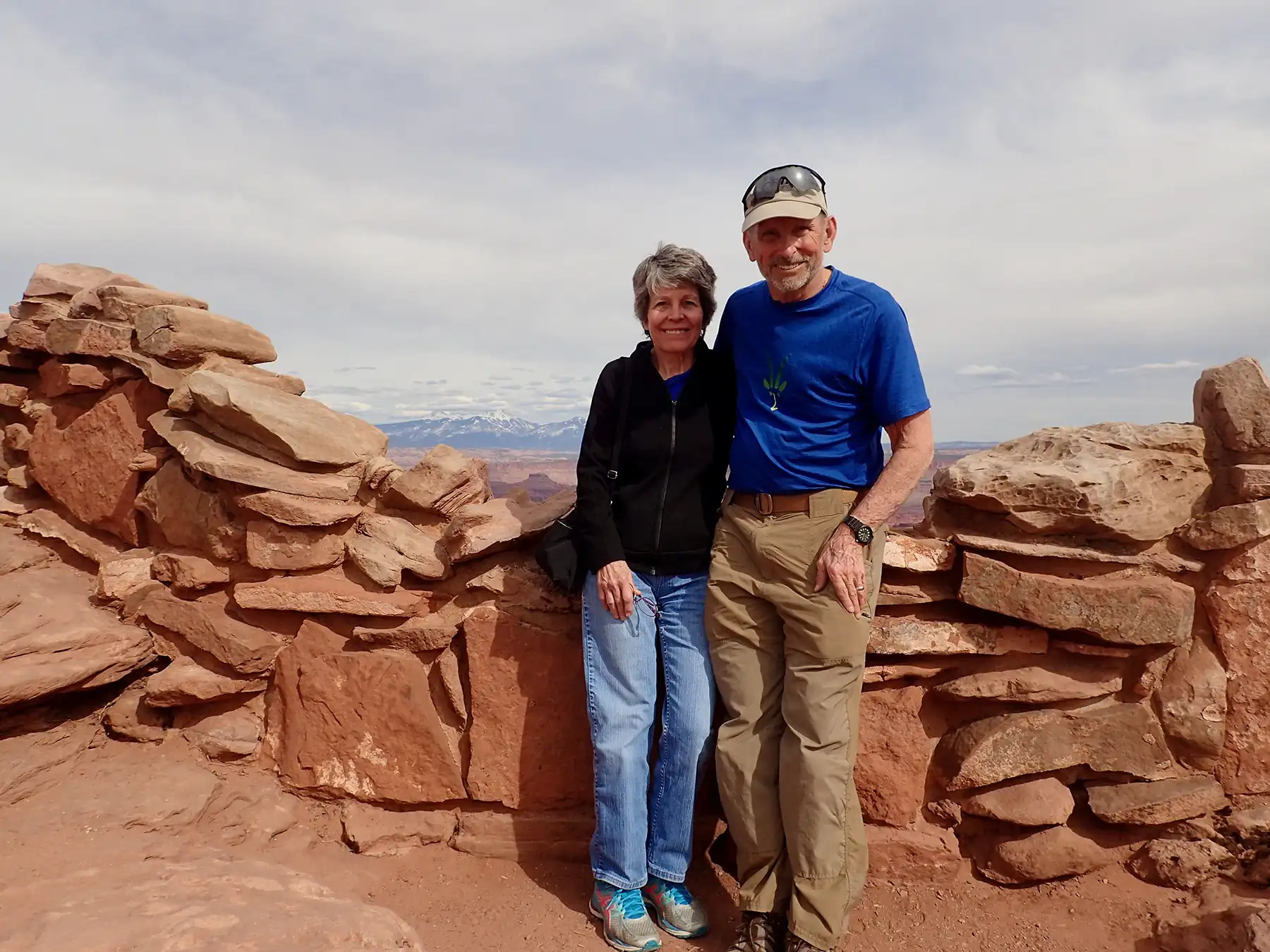
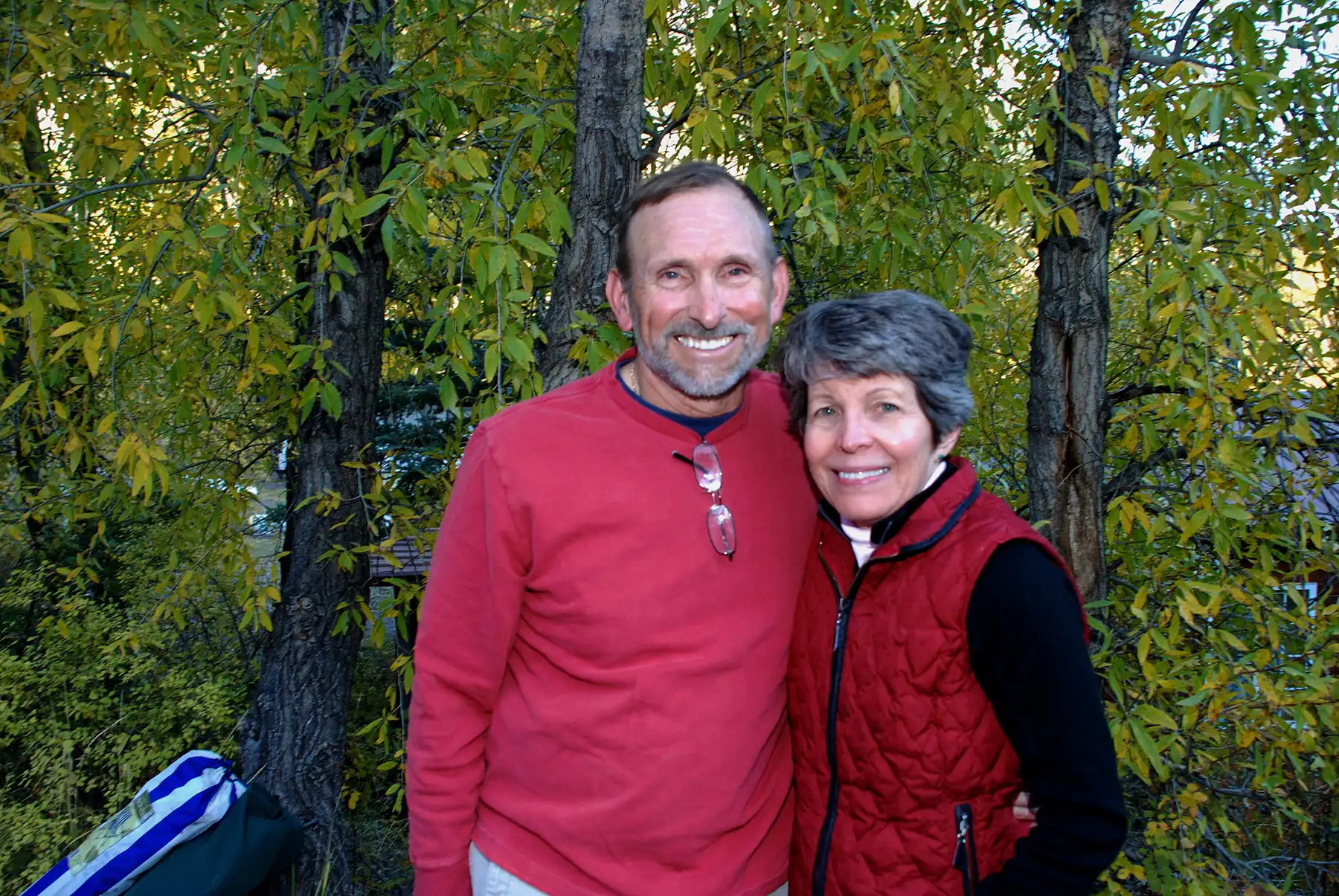


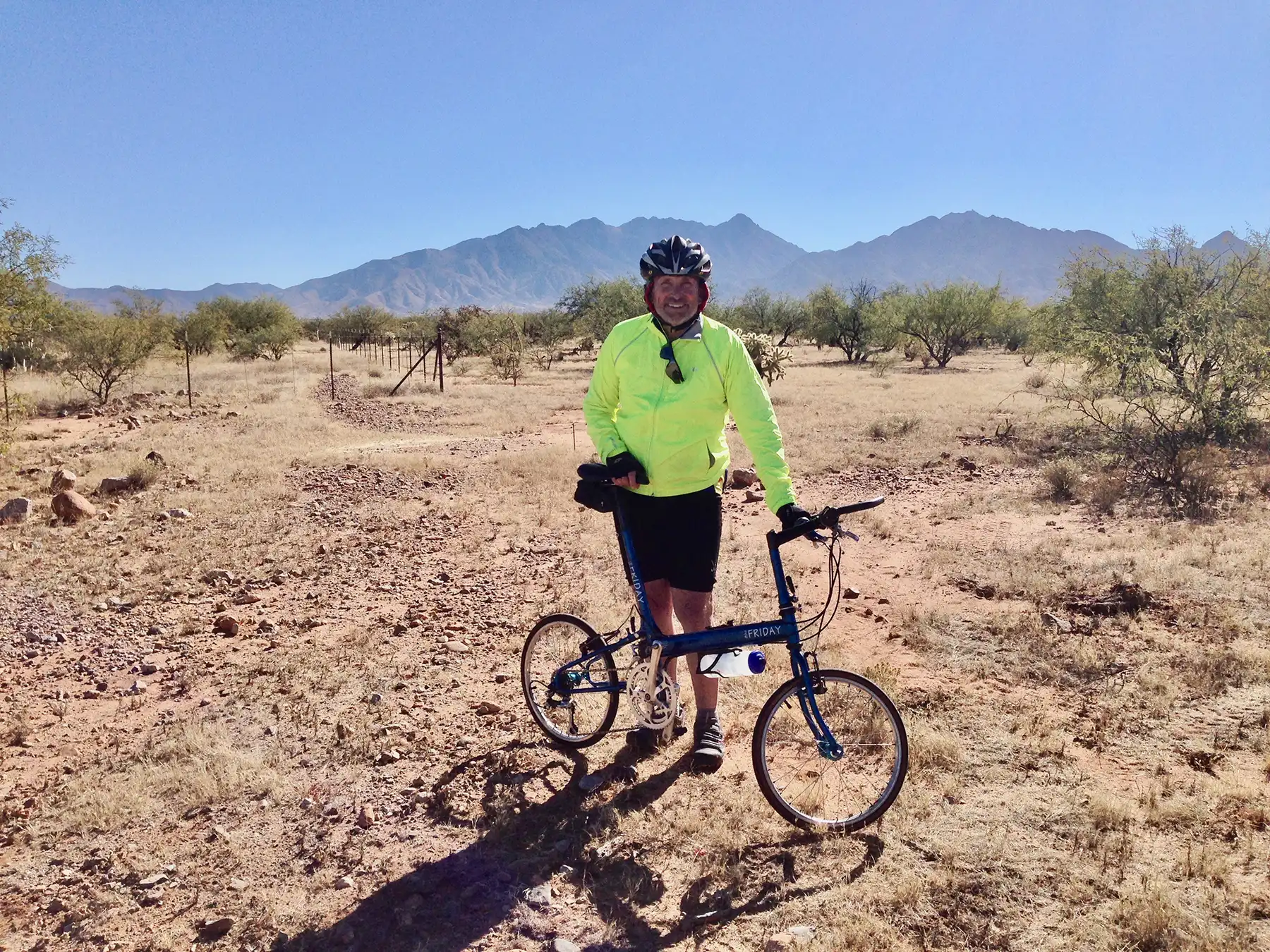

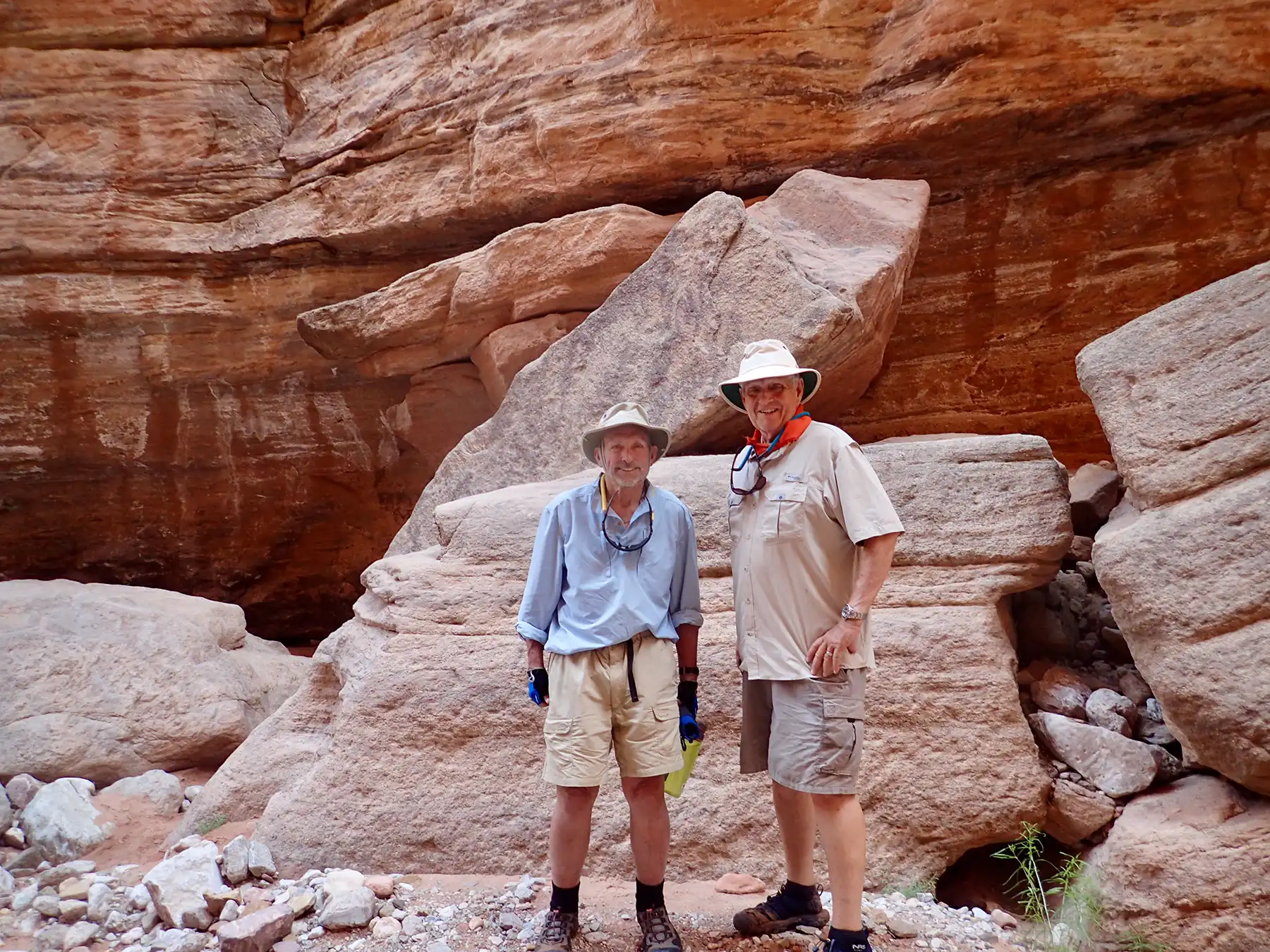
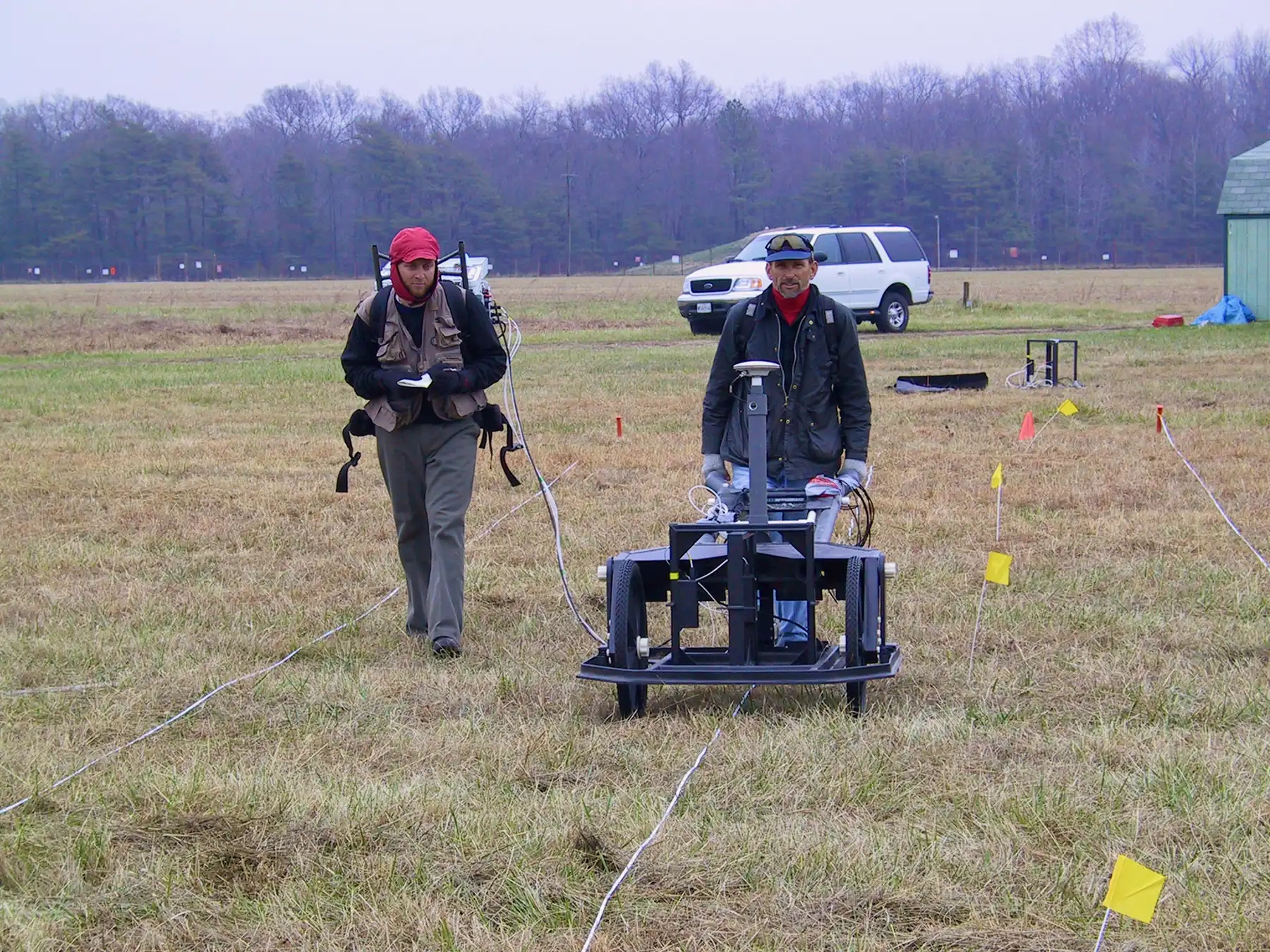
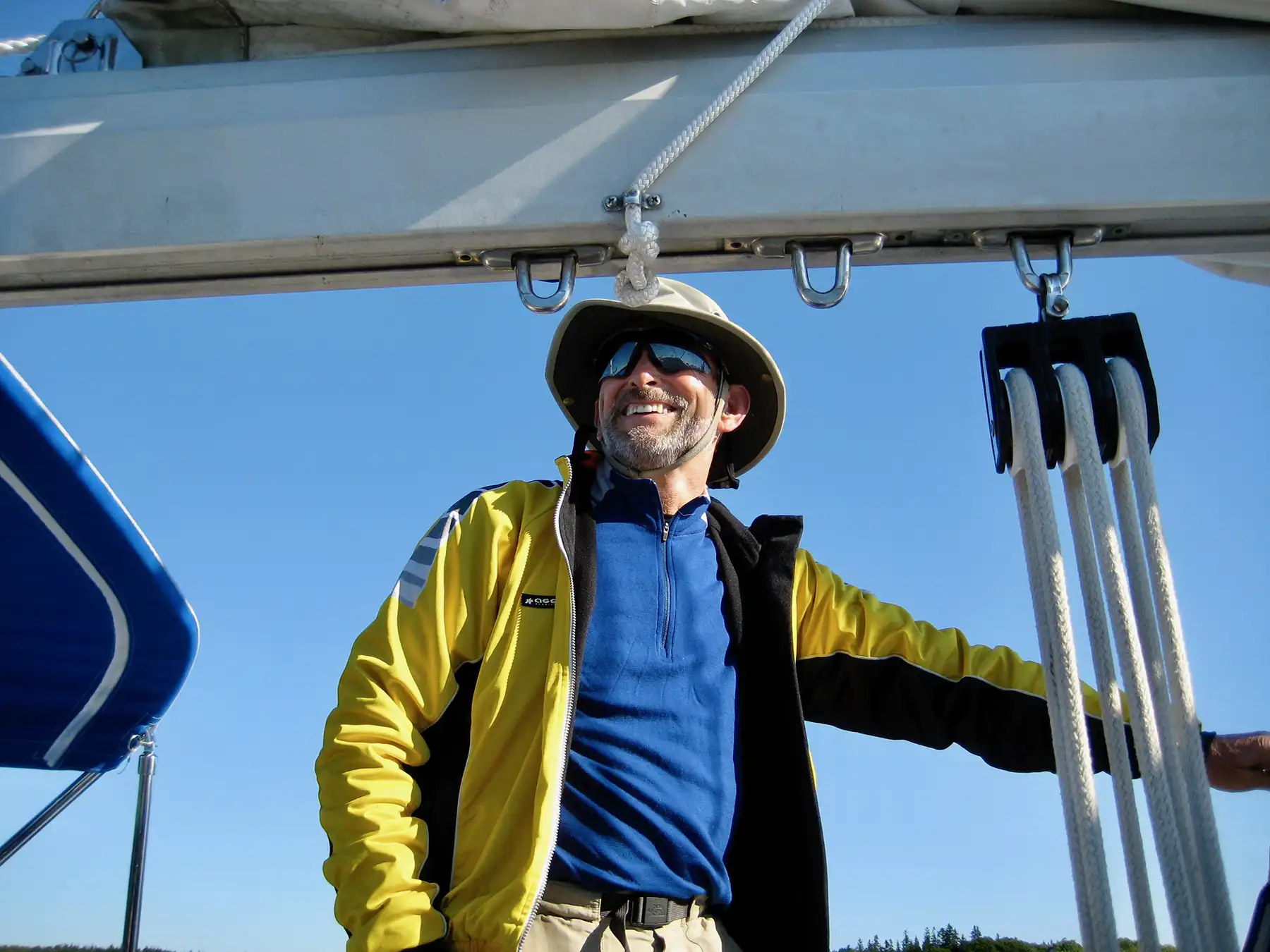
The NASA Fellowship at CU Boulder
When I got out of undergrad, I graduated with high honors. I was second or third in the class of several hundred in 1963. I knew I wanted to go to graduate school and thought at that time that I should study space. So I applied to the NASA Fellowship. Once accepted to the fellowship, I chose to attend the astrogeophyscis department at CU Boulder. I was studying space, which was appropriate because I felt that I had found myself on a different planet. First of all, I went from a high school of 200, to Mines where there was around 1,000 students, to CU Boulder where there were 30,000 students.
Also, the type of work we were completing in the astrogeophysics department wasn’t what I envisioned when I started. They were more interested in the composition of stars but had they been talking about lunar or Martian landings that required geophysical measurements, that would have really turned my crank. The NASA Fellowship was good for three years. My one year at Boulder was good because it cemented my knowledge and facility with both classical physics and modern physics. And I got really good in math. But I decided I wasn’t happy in Boulder, so I decided to act on that feeling and so something about it.
Sputnik Doctorates
So I enrolled back at Mines in their geophysics graduate program. After the fellowship ended, I had 2 years left of my grad school. And into the story appears the Boettcher Foundation. The Boettcher Foundation provided a graduate-level scholarship to finish my PhD in the late 1960s. It was a nice fellowship. I was happy in Golden. It paid my living expenses and tuition, and at that time I had two children and a wife.
Graduating in 1968, I was the first generation of what we then called the “Sputnik Doctorates.”
The Career
I was fortunate that my career allowed me to travel all over the world, from the DMZ in South Korea, to Saudi Arabia, and beyond. It also afforded me the chance to develop a sophisticated metal detector to find buried unexploded ordinance.
The Department of Energy group in Grand Junction I was with had a contract with the Army to oversee the tunnel exploration, and we did a lot of geophysics under the DMZ in Korea in an effort to find tunnels. Between 1976 and 1980 I had to become a resident of Saudi Arabia to help them refine their seismic data related to subsurface oil exploration.
But my most proud accomplishment was related to developing geophysical electromagnetic methods to identify unexploded ordinance. It took my partner and I from 2003 to 2013 to get this instrument that somewhat appears as a lawn commercialized, and now it is a product sold by a company called geometrics. It is mainly used for unexploded ordinance all over the world. It works by assembling a map that denotes the size and shape of items that are buried.
Looking Back, and Ahead
This is an exciting time for our new scholars. There are so many problems in all so many scientific fields including, mineral exploration, archeology , engineering, etc. The miniaturization of scientific sensors is opening up all kinds of opportunities and possibilities, and it is just getting started.
I can thank Boettcher for my whole career and life. The fellowship really propelled me forward. I want to see Boettcher continue to support Colorado students, and the Boettcher community continue to give back.
We thank Skip for his time spent on this interview, and Boettcher Foundation would like to express our sincere appreciation for his plans to bequest a gift to Boettcher through his will.


